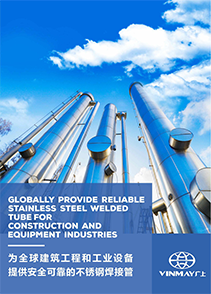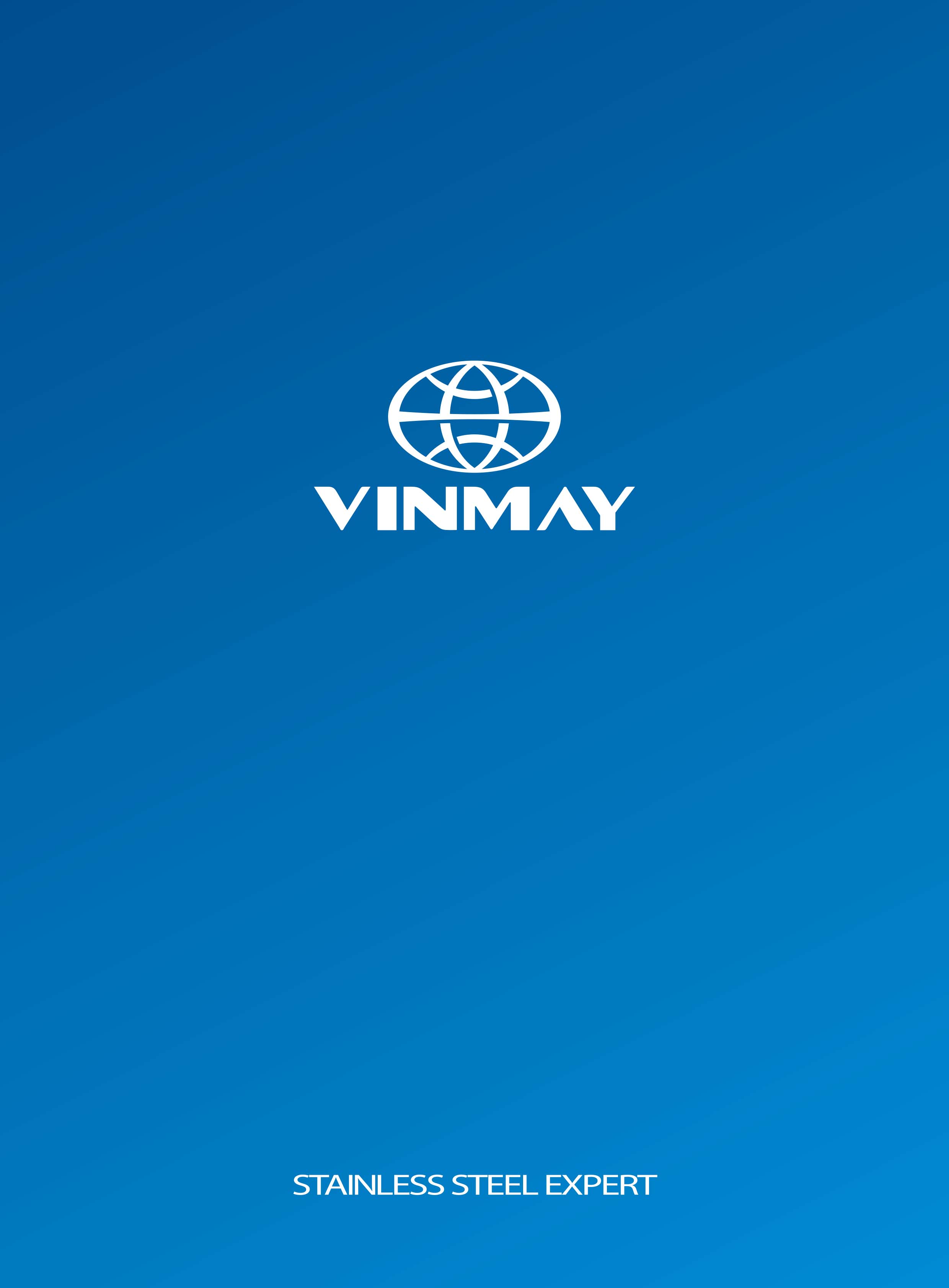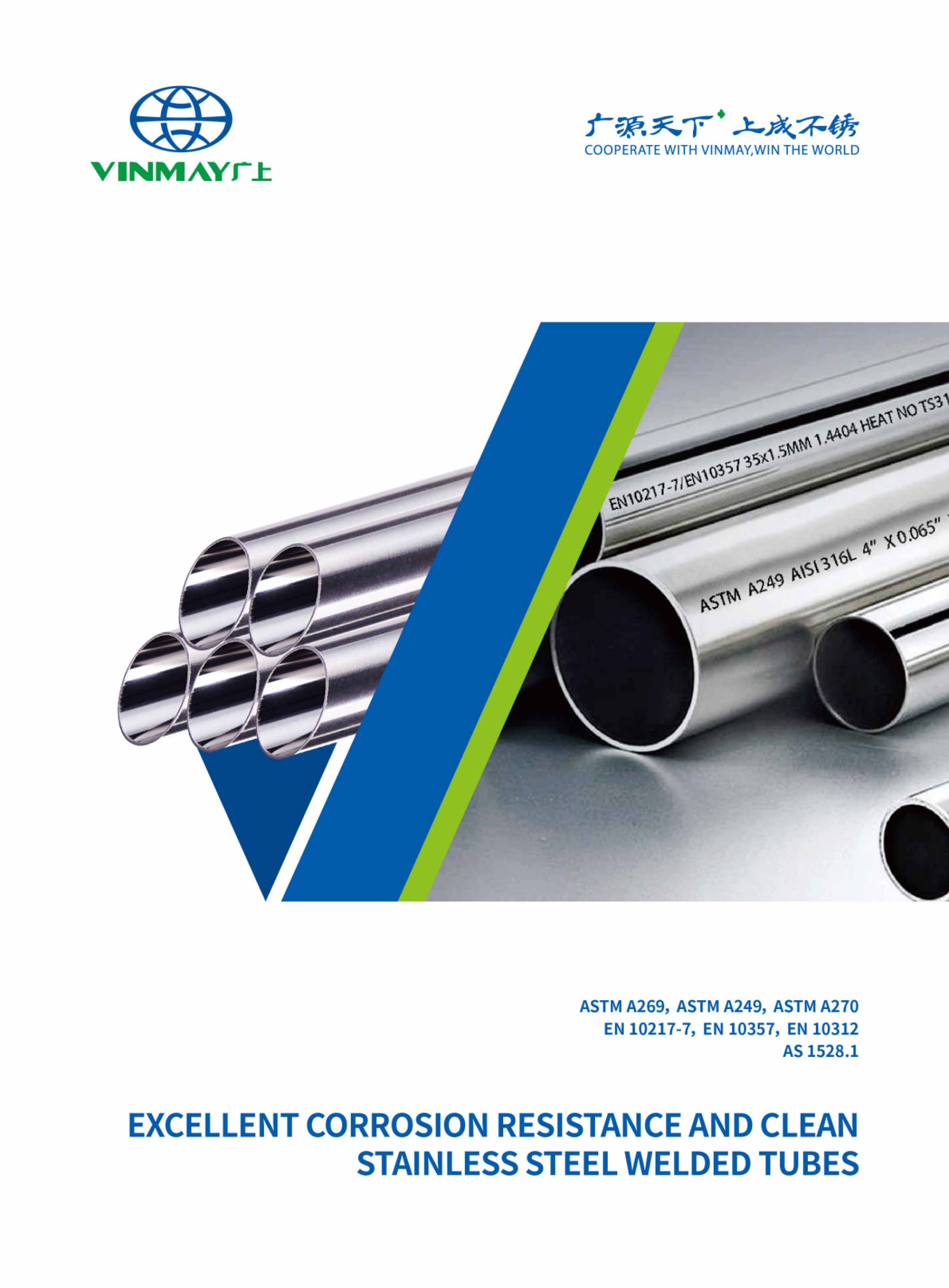Stainless steel pipes are categorized primarily into austenitic, ferritic, martensitic, precipitation-hardened, and duplex types, each with distinct properties. Austenitic pipes offer excellent corrosion resistance and are non-magnetic, making them ideal for high-temperature environments. Ferritic pipes possess magnetic properties and resist chloride stress corrosion. Martensitic pipes are recognized for their hardness and are heat-treatable. Precipitation-hardened pipes provide a balance of strength and corrosion resistance, beneficial in aerospace. Duplex pipes combine austenitic and ferritic qualities, providing superior strength and corrosion resistance. Exploring manufacturing methods and governing standards further enhances understanding of these versatile materials.

When selecting the right type of stainless steel pipe, understanding the different material categories is crucial for ensuring performance, durability, and cost-efficiency in industrial applications. Stainless steel pipes are commonly categorized into five primary types, each engineered for specific environmental and mechanical demands:
Key traits: Non-magnetic, highly corrosion-resistant, excellent formability
Composition: High chromium (17–25%) and nickel (8–25%)
Ideal for: High-temperature and corrosive environments like food processing, chemical plants, and medical equipment
Notable grades: 304, 316, 304L, 316L, 321
Advantages:
| Grade | Key Alloy Elements | Key Benefits | Applications |
|---|---|---|---|
| 304 | Cr 18–20%, Ni 8–10.5% | General-purpose corrosion resistance | Food processing, kitchen equipment |
| 316 | Cr 16–18%, Ni 10–14%, Mo 2–3% | Enhanced resistance to chlorides | Marine, pharmaceutical, chemical |
| 321 | Cr 17–19%, Ti stabilized | Excellent at high temps | Aerospace, heat exchangers |
Key traits: Magnetic, high creep resistance, moderate corrosion resistance
Structure: Body-centered cubic (BCC)
Best for: Automotive exhausts, architectural trim, appliances
Notable grades: 409, 430, 439, 444, 446
Advantages:
| Grade | Key Elements & Traits | Applications |
|---|---|---|
| 409 | Cr 10.5–11.75%, Ti added | Automotive exhausts |
| 430 | Cr 16–18%, magnetic | Appliances, decorative trim |
| 444 | Cr 17–20.5%, Mo 2.5% | Solar water heaters, hot water tanks |
Key traits: Heat-treatable, very hard, moderate corrosion resistance
Ideal for: High-wear components like tools, shafts, turbines
Notable grades: 410, 420, 440C, 416, 431
Advantages:
| Grade | Properties | Applications |
|---|---|---|
| 410 | Hard, corrosion-resistant in mild settings | Pump parts, valves |
| 420 | Good polishability, sharp edge retention | Cutlery, surgical blades |
| 440C | Extremely high hardness | Bearings, knives, high-wear parts |
Key traits: High strength-to-weight ratio, good corrosion resistance
Mechanism: Strengthened by heat treatment + aging process
Used in: Aerospace, chemical equipment, high-load components
Notable grades: 17-4 PH, 15-5 PH, 13-8 PH, 17-7 PH, PH13-8Mo
| Grade | Strength Highlights | Industries |
|---|---|---|
| 17-4 PH | High strength + corrosion resistance | Aerospace, marine |
| 15-5 PH | Superior toughness, moderate corrosion | Structural components |
| 13-8 PH | High fracture toughness, strong yet light | Aircraft, satellites |
Key traits: Mix of ferritic and austenitic structures = high strength + high corrosion resistance
Ideal for: Marine, chemical processing, offshore platforms
Benefits:
| Grade | Main Composition Features | Applications |
|---|---|---|
| 2205 | Cr 22–23%, Ni 4.5–6.5%, Mo ~3% | Oil & gas, pulp & paper, pipelines |
| 2507 | Cr 24–26%, Ni 6–8%, Mo ~5% | Desalination, offshore structures |
| S32760 | Cr 24–26%, Mo 3–4%, W ≤1% | Subsea pipelines, marine hardware |
Contact us for grade selection help
The manufacturing process of stainless steel pipes significantly impacts their mechanical properties, performance, and appropriate applications. These pipes are generally classified into two broad categories based on their production techniques: welded pipes—including Electric Fusion Welded (EFW), Electric Resistance Welded (ERW), High-Frequency Welded (HFW), and Submerged Arc Welded (SAW)—and seamless pipes, formed without welds. Each method offers specific advantages in terms of strength, precision, cost, and corrosion resistance.
EFW pipes are produced by using electrical energy to heat the edges of the steel plate and fuse them together without filler metal. This process ensures a strong, uniform bond and is ideal for producing pipes with high precision in wall thickness and excellent performance in high-pressure environments.
Key Advantages:
Manufactured by cold-forming stainless steel into a cylinder and welding the seam using electric resistance heat, ERW pipes offer a cost-effective and clean-finish option without the need for filler materials.
Key Advantages:
HFW pipes are a subtype of ERW pipes, differentiated by the use of higher-frequency currents, which offer better heat control and stronger seam integrity. This results in improved corrosion resistance and weld consistency, especially in challenging environments.
Key Advantages:
SAW pipes are fabricated through a process where an arc is formed beneath a layer of flux, protecting the weld zone from atmospheric contamination. This results in deep penetration welds with high mechanical strength and corrosion resistance. SAW pipes can be produced as longitudinal (LSAW) or spiral (SSAW).
Key Advantages:
Seamless pipes are manufactured by piercing a solid billet and elongating it into a hollow tube, eliminating any welded seam. The absence of welds offers uniform strength, enhanced corrosion resistance, and superior performance under high pressure.
Key Advantages:
See Also: Seamless pipe vs. welded pipe
| Pipe Type | Welding Method | Strength | Corrosion Resistance | Common Applications |
|---|---|---|---|---|
| EFW | Electric fusion without filler | High | High | Refineries, power plants |
| ERW | Electric resistance | Moderate | Moderate | Structural, automotive |
| HFW | High-frequency resistance | High | High | Pipelines, construction |
| SAW (LSAW/SSAW) | Submerged arc with flux | Very High | High | Long-distance transport, structures |
| Seamless | No weld; extrusion | Highest | Highest | High-pressure, critical systems |
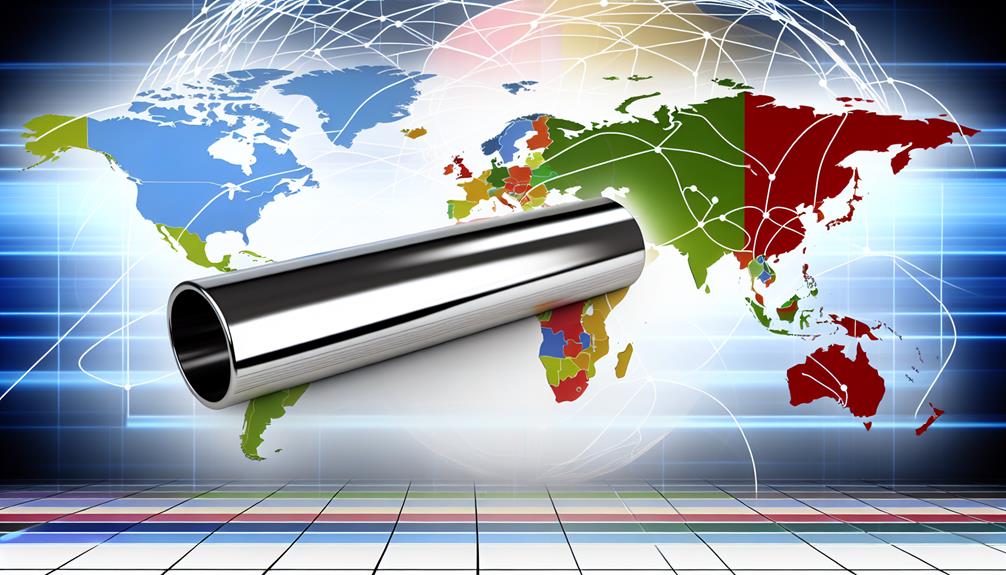
Global standards are the backbone of stainless steel pipe manufacturing, ensuring consistency, safety, and interoperability across industries and markets. Organizations such as ASTM, EN, DIN, ANSI, and ISO define critical parameters including chemical composition, mechanical properties, dimensions, testing methods, and manufacturing processes. Compliance with these standards allows stainless steel pipe manufacturers to deliver products that meet precise engineering requirements while fostering global trade and end-user confidence.
ASTM standards are extensively used in North America and internationally to ensure the consistent quality and performance of stainless steel pipes. These standards govern everything from material composition to pressure ratings and heat treatment conditions, making them essential for stainless steel pipe applications across construction, petrochemical, and sanitation sectors.
Popular Specifications:
Material Comparison: Defines clear criteria for evaluating differences in corrosion resistance, tensile strength, and alloy makeup across grades.
Application Alignment: Ensures that material selection aligns with performance requirements, especially in corrosive or high-temperature environments.
EN standards form the regulatory framework for stainless steel pipes across the European Union, providing harmonized material, dimensional, and mechanical specifications to facilitate trade and compliance within the EU.
Relevant Standards:
Grade Classification: Offers detailed designations (e.g., 1.4301 for AISI 304) that help engineers and procurement teams select materials with confidence.
Focus on Corrosion and Mechanical Strength: Emphasizes durability and safety for applications in chemical processing, power generation, and construction.
DIN standards, widely respected in Germany and across Europe, offer granular technical detail in stainless steel pipe classification, especially for seamless pipe applications. They are known for their engineering rigor and strict tolerances.
Examples:
Precision in Composition and Tolerance: DIN standards emphasize material purity, wall thickness uniformity, and dimensional accuracy.
Welding and Fabrication Standards: Provides technical directives on acceptable welding procedures and mechanical testing.
DIN standards often align closely with EN standards, but they sometimes include additional national-specific requirements that address niche industrial needs.
While ANSI itself does not write material standards, it accredits standards developed by organizations such as ASME and MSS, which are frequently referenced in piping systems and stainless steel applications in the U.S.
Dimensional Standards:
Focus on Fit and Compatibility: Defines dimensions, tolerances, and flange types to ensure piping systems are interchangeable and reliable.
Thermal and Structural Considerations: Ensures that pipe systems maintain structural integrity under thermal expansion and contraction.
ANSI standards support system integration and are especially important in the mechanical design and assembly phases of industrial piping.
See Also - Stainless Steel Pipe Welding Standards
ISO standards provide a globally recognized framework for stainless steel pipe quality, harmonizing specifications across countries and simplifying international procurement and production.
Comprehensive Coverage:
Cross-Border Consistency: Promotes standardization in chemical composition, corrosion resistance, mechanical strength, and testing procedures.
Trade and Compliance Facilitation: Widely accepted certifications simplify global logistics and regulatory approvals.
ISO standards are often developed with input from ASTM, EN, and DIN, making them a convergence point for international harmonization.
Stainless steel pipes are classified by various ASTM standards, each addressing specific manufacturing methods, alloy compositions, and service conditions.
The standards guarantee that stainless steel pipes meet the necessary mechanical properties for their intended applications, providing end-users with the assurance that the materials will perform reliably under the specified conditions. This inclusive framework allows industries to choose the most suitable type of stainless steel pipe, tailored to their specific operational demands.
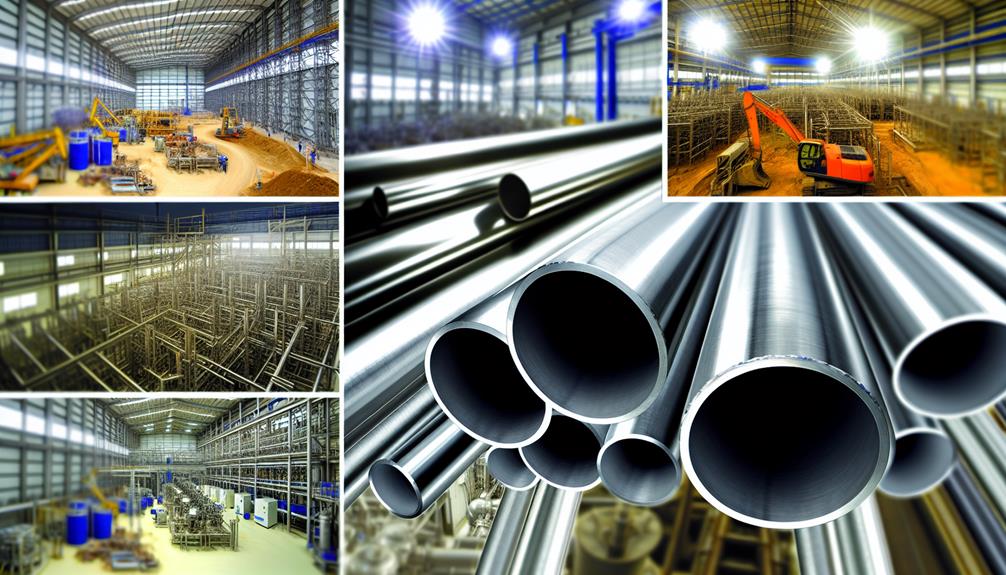
Stainless steel pipes are renowned for their durability, corrosion resistance, and ability to perform under high pressure and temperature. These characteristics make them suitable for a wide range of applications across industries. Below are the primary categories of stainless steel pipes based on their typical usage scenarios.
Application Areas: Food and beverage, pharmaceutical, biotechnology
Sanitary stainless steel pipes are designed to meet strict hygiene standards. They feature smooth internal surfaces to minimize bacterial growth and enable easy cleaning. Common grades include 304 and 316, known for their excellent corrosion resistance.
To maintain hygiene:
Sanitary pipes are indispensable where cleanliness, product purity, and regulatory compliance are essential.
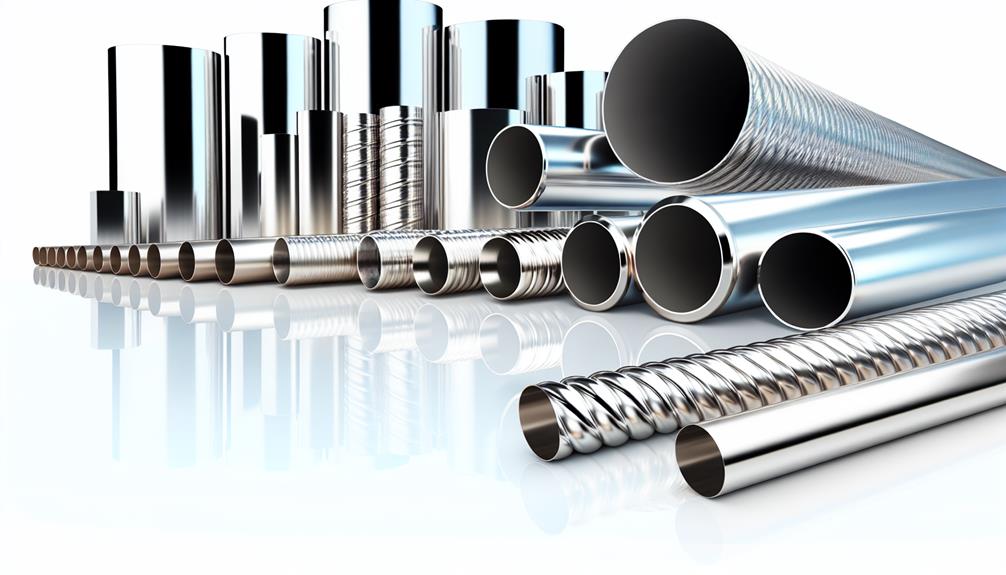
Application Areas: Construction, manufacturing, automotive
Mechanical stainless steel pipes serve structural and load-bearing purposes, valued for their high tensile strength and dimensional consistency.
These pipes must often conform to precise tolerances and finish standards, ensuring mechanical integrity in demanding conditions.
Application Areas: Architectural design, hospitality, food and pharma, where hygiene and appearance are critical
Polished stainless steel pipes combine aesthetic appeal with functional benefits such as:
They are commonly used in visible installations like handrails, staircases, furniture, and also in sanitary environments. Grades 304 and 316 are polished through mechanical or electropolishing to achieve a mirror or brushed finish.
Application Areas: Energy, petrochemical, chemical processing, manufacturing
Industrial stainless steel pipes are built to endure extreme temperatures, pressures, and chemical exposure.
Their strength and corrosion resistance ensure safe and uninterrupted industrial operations.
Application Areas: Heavy machinery, automotive, industrial automation
Hydraulic stainless steel pipes are designed to transport high-pressure fluids reliably. Characteristics include:
Typical grades include 304 and 316, with applications in:
These pipes ensure performance and safety in dynamic, high-pressure systems.
Application Areas: HVAC, power generation, chemical processing
These pipes are optimized for efficient thermal transfer and are designed to handle:
Features may include finned or corrugated surfaces to maximize surface area. Austenitic grades like 304 and 316 are common.
Heat exchanger pipes support energy efficiency and long-term reliability in heat-sensitive processes.

Application Areas: Plumbing, municipal infrastructure, irrigation
Stainless steel water pipes offer a safe, long-lasting solution for potable and non-potable water transport.
They ensure clean water delivery, reduced maintenance, and greater environmental sustainability.
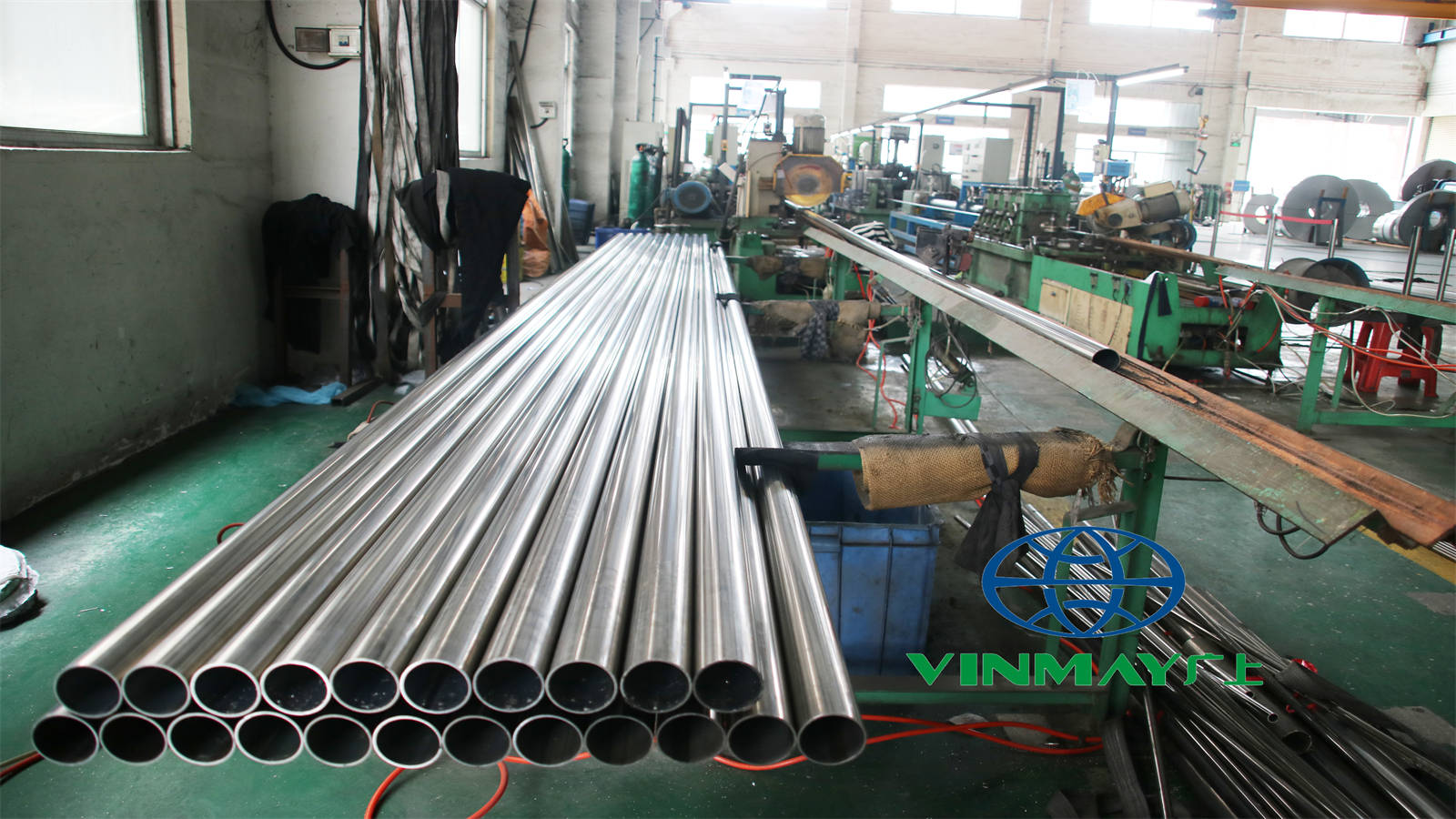
Selecting the suitable type of stainless steel pipe is a critical decision that hinges on a thorough understanding of the specific application requirements and material properties. Pipe selection must be approached with an analytical mindset, focusing on the interplay between material considerations, corrosion resistance, and temperature applications. Each of these parameters directly influences the performance and longevity of the pipe in its intended environment.
For expert guidance on selecting the right stainless steel pipes for your project, contact Vinmay. Our team of experts is ready to assist you in making informed decisions that enhance the performance and longevity of your systems. Let us help you find the perfect solution for your stainless steel tube needs!
The cost of stainless steel pipes varies by grade, influenced by grade comparison, cost factors, and durability benefits. High-grade pipes offer superior heat resistance and employ advanced welding techniques, justifying their premium pricing compared to lower grades.
Maintaining stainless steel pipes is akin to nurturing a well-oiled machine; employing cleaning methods, ensuring rust prevention, conducting regular inspections, and ensuring proper storage, repairs, and replacements are essential for peak performance and longevity.
Stainless steel pipes can be recycled, contributing to waste reduction and resource management. This aligns with sustainability practices and the circular economy, promoting material reuse and conservation efforts. Recycling supports eco-friendly alternatives and green initiatives, minimizing environmental impact.
To prevent stainless steel pipe corrosion, consider surface treatment to enhance corrosion resistance, guarantee proper installation, and implement regular cleaning. Material selection is vital; choose alloys with best resistance properties, balancing initial costs with long-term durability and performance.
Common stainless steel pipe inspection methods include visual inspection, ultrasonic testing, magnetic particle, dye penetrant, pressure testing, radiographic inspection, eddy current, hydrostatic testing, dimensional checks, and surface roughness analysis, ensuring structural integrity and compliance with industry standards.
Blog Series:
Traversing the diverse terrain of stainless steel pipes is akin to a skilled sailor mapping a route through different seas. Each type, from austenitic to super duplex, offers unique properties tailored for specific industrial environments, much like sails adjusted for shifting winds. For instance, austenitic pipes, with their corrosion resistance, resemble a reliable vessel enduring the turbulent conditions of chemical processing. Choosing the right pipe guarantees peak performance, akin to reaching a destination efficiently and safely, emphasizing the crucial significance of informed decision-making.
